The Casa de Cortés is known also as the Antiguo Palacio del Ayuntamiento de Coyoacán. That is, as the old town hall. The building we see today dates from the 18th century. It was long the administrative headquarters of Coyoacán. It’s called the Casa de Cortés because of the early declaration, made by Cortés, of Coyoacán as the seat of the first government of New Spain.
There’s no evidence Cortés ever lived here. He likely lived on the property of an ally named Juan de Guzmán Ixtolinque, near the present day church of La Conchita a few blocks to the south. He did however order the construction of administrative buildings here. These were to house the administration of his domain as marquis of the Valley of Oaxaca. At that time, it included Coyoacán.
According to legend, the building was the site of the interrogation and torture of Tlatoani Cuauhtémoc. No documentary evidence supports this story, either. Cortés’ original buildings were replaced after some 200 years, in the 18th century. But his descendants, still holding claim to the land, built the buildings we see today. By the 1850s, these were converted to host the municipal government as Coyoacán. It was part of the surrounding state of Mexico at that time. It remained as the local government building even after Coyoacán became part of Mexico City in 1928.
Today, the 18th-century building is very well preserved. The coat of arms as it’s depicted on the building was granted to Coyoacán by Carlos IV of Spain. The Sala de Cabildos, inside, has an important mural by Aurora Reyes Flores depicting Coyoacán’s early history. The chapel next door has a 1961 mural by Diego Rosales with similar themes.
The Casa de Cortés is fronted today by the Plaza Hidalgo, a park and garden. This serves as the esplanade, the plaza and center of civic life for this part of the City. It’s just one of the many important sites in the Centro de Coyoacán.
 +52 (55) 5484 4500
+52 (55) 5484 4500
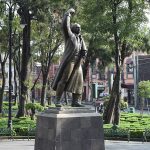
Nearest at 0.04 kms.

Nearest at 0.08 kms.
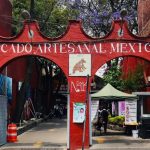
Nearest at 0.09 kms.

Humanities outreach from the National University to the Center of Coyoacán . . .
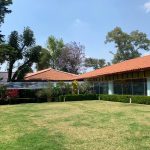
A Veracruz cultural and social center on Miguel Ángel de Quevedo . . .
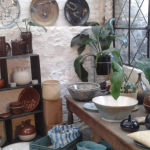
A remarkable ceramics workshop on a shady Coyoacán street . . .
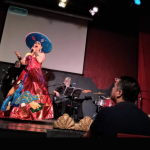
One of the most important independent theatrical spaces in Mexico . . .
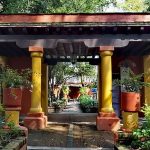
One of the most important historic cultural centers in Coyoacán . . .